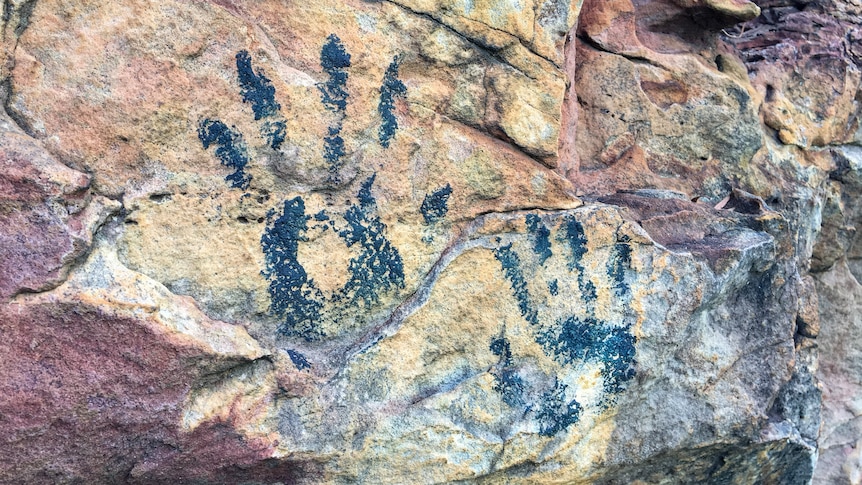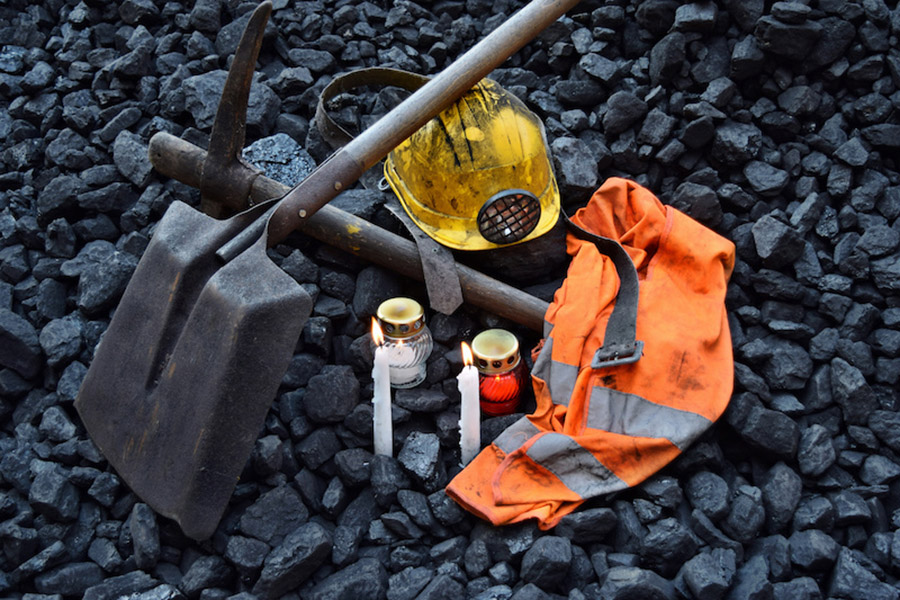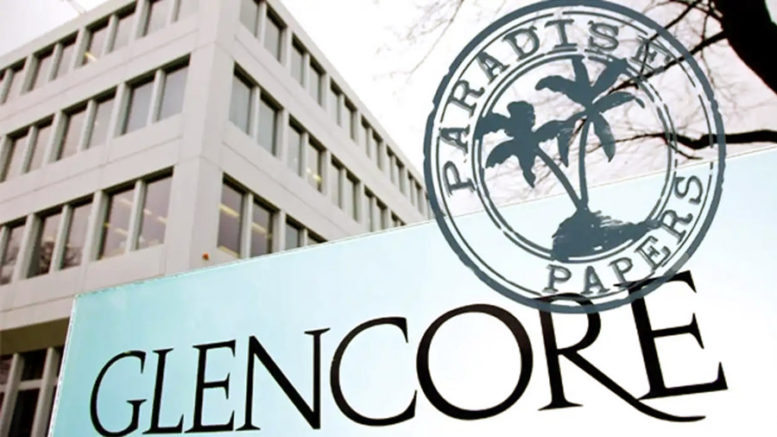Contributed by Joe Montero
Glencore, the world’s biggest mining company, is pushing the Northern Territory government to allow it to use a major indigenous site as a dumping ground for its proposed expansion of zinc and lead mining on the McArthur River, under the subsidiary McArthur River Mine.
Known as MRM4 quarry, the site is major repository of ancient rock art and stone tools material, of major spiritual importance to the original inhabitants of the land. The mining related threat extends to the nearby Barramundi Dreaming sacred site.

Photo by Jane Bardon: Rock art at the site
The dispute is already drawing comparison with the Juukan Gorge, in Western Australia, where, last year, BHP caused serious damage.
The mining giant is pressing the minister to circumvent existing protection under the Heritage Act, as of high archaeological significance. A review of protection status is being sought.
In its original 2017 application, Glencore claimed it had obtained permission form 6 members of the indigenous individuals. This is far short of a process of consultation with all the elders and the whole community.
The NT’s Aboriginal Areas Protection Authority agreed and refused to accept the validity of the claim. This delayed but did not stop the effort to gain access.

Photo by Jane Bardon: Ancient stone tools including axes and spear tips
Local traditional owners have not given permission and are fighting to protect the site. They are appealing to the Northern Territory government to not allow the destruction, and there is a push for a Senate inquiry.
The has been no response so far. This lends to fears that the minister and government are listening to the mining company.
Glencore has a notorious history around the world, and it is not particularly good in Australia.
Company founder Marc Rich was indicted in the United States for multiple criminal activities, including tax evasion and racketeering. He fled to Switzerland and was later pardoned by President Bill Clinton.
The formerly private company merged with South African Xtrata in 2011 and transformed form a private company to a public one by registering on the London Stock Exchange in 2013, to soon become the biggest mining company in the world and operating in 50 countries.
Methods don’t seem to have changed much. WikiLeaks exposed the enormous extent of Glencore’s tax evasion in its released Panama Papers and involving the use if Swiss accounts and other havens. The huge record breaking payouts to were given to those at the top.
Company has been charged with serious pollution in Zambia, dumping raw acid into a river in that has caused terrible health impacts on local villagers. In 2017 a trade TUMEC union fact finding mission in 2017 found systematic workers’ rights abuses ranging from threats of dismissal, poor health and safety practices, racism and discrimination, and low wages for local workers in its Cobalt mines. A roof collapse at a mine using an illegal cheap labour, also in The Congo, killed 36 in 2019.
Another explosion, this time in Zimbabwe, killed 8 workers in. around the same time, an explosion at the Ravensworth open cut in the hunter Valley, killed one worker.

There are accusations of serious human rights violations in the Philippines, where the Tampakan mine forced out 5,000 members of the B’laan tribe. And at the company’s South African Wonderkop chrome smelter, security guards used rubber bullets against workers protesting working conditions and systematic violence.
The OECD is currently investigating Glencore’s involvement in serious environmental destruction and harm caused to indigenous people in Colombia.

Colombian Indigenous children protest damage caused by Glencore
The European Investment Bank froze all loans to the company and its subsidiaries and launched an investigation, citing serious concern about corporate governance.
A complaint put before the UK government concerns the spilling of taxic wastewater in Chad and seriously harming the health of villagers,
These are only some of the examples of a catalogue of tax, human rights, and environmental abuses.
Information from the Paradise Papers helped the Australian Taxation Office (ATO) to charge the company with massive tax evasion in Australia. Glencore appealed to the Federal Court, where judge Jennifer Davies allowed Glencore’s accounting methods to facilitate transfer pricing to a related company in Switzerland and put an end to the ATO’s case. The tax evasion has never been denied.
Glencore has waged a public relations campaign in Australia to suggest that it take consultation with indigenous peoples and human rights seriously. Its practice has not lived up to the hype. It has systematically disregard for the above in Australia and has spent big money to influence politicians and public opinion.


Be the first to comment on "Glencore wants to destroy indigenous site at McArthur River"